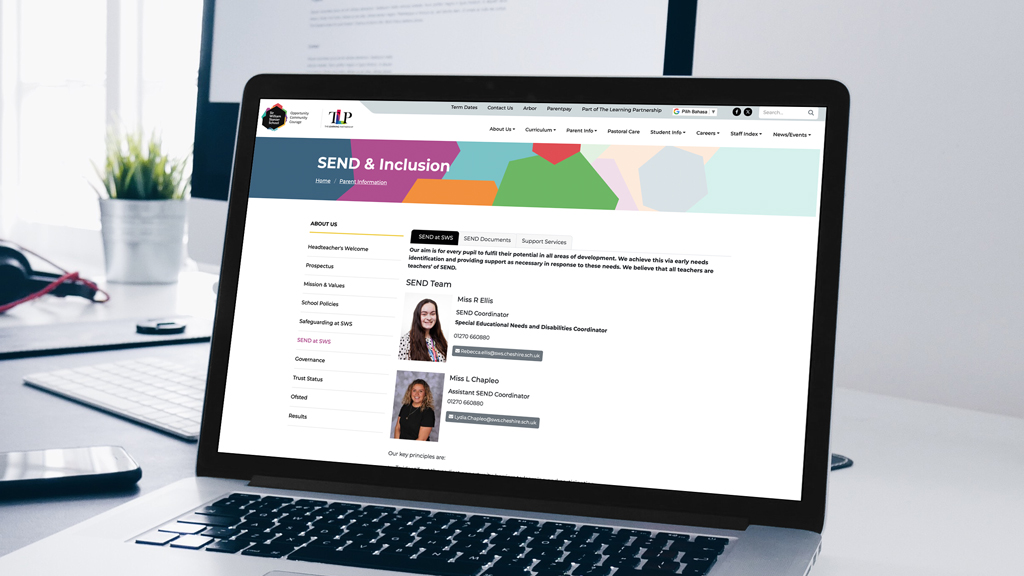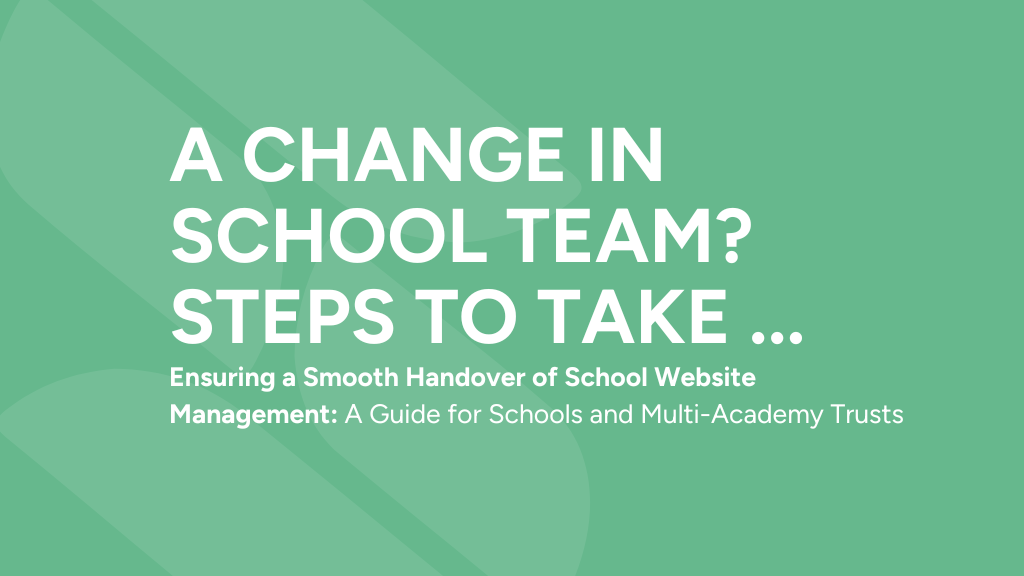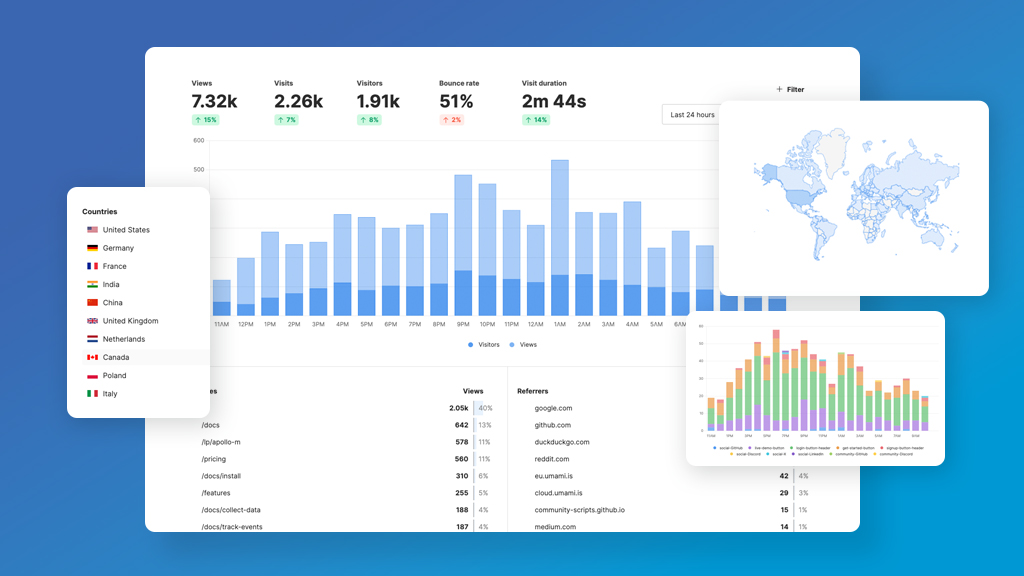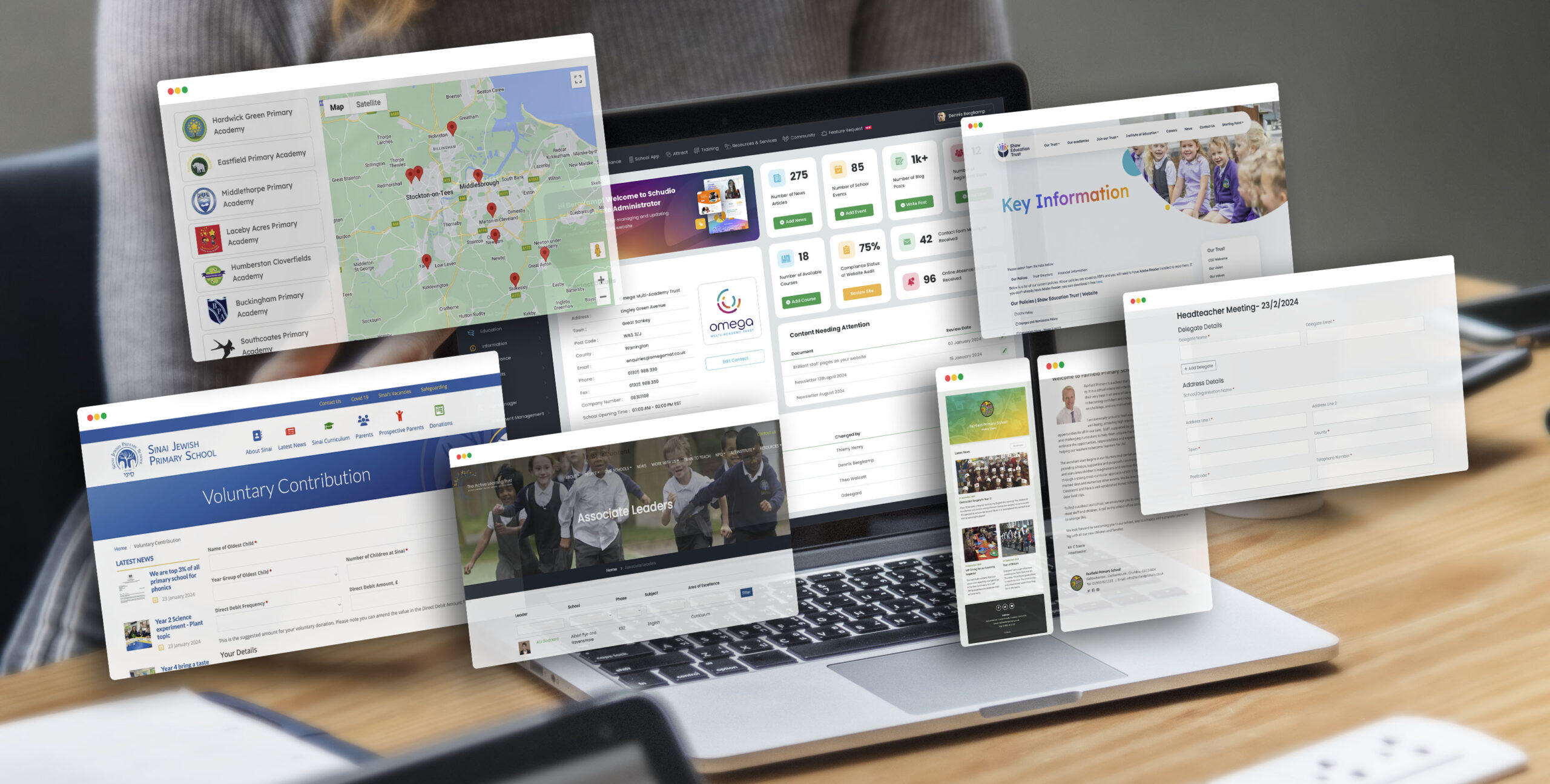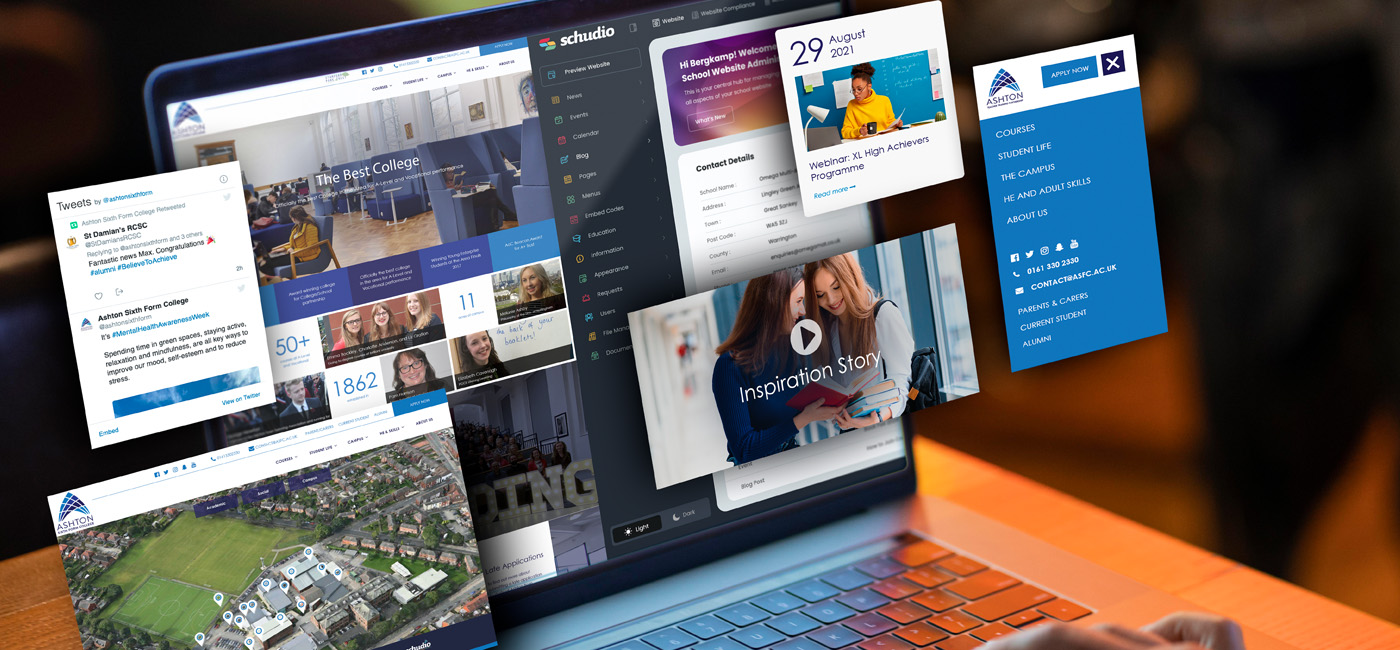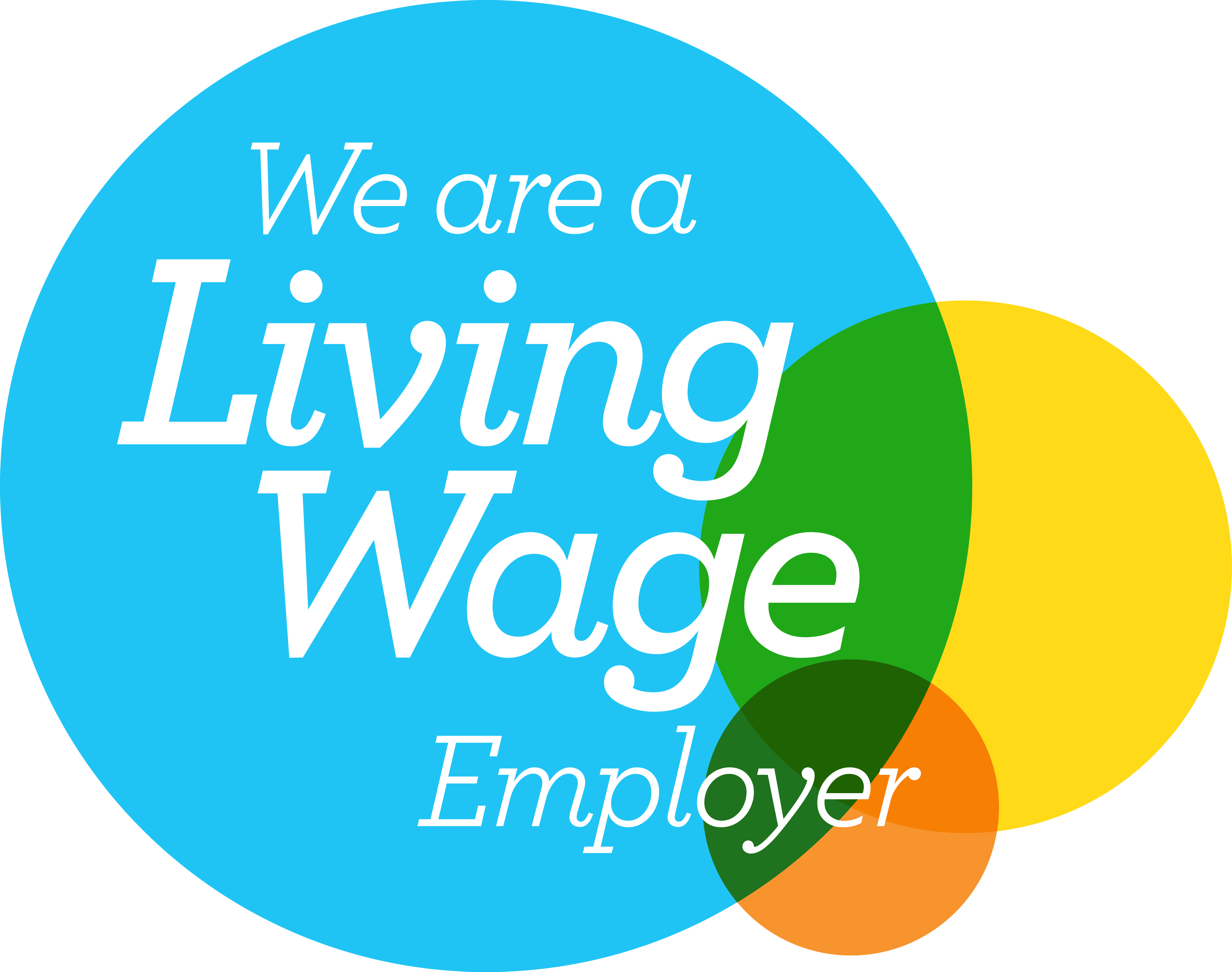Parental Engagement is not good enough
Parental Engagement is not good enough

Right at the very centre of everything that every school does are the students. Every parental engagement strategy should remember this a critical starting point.
That’s the way it’s meant to be and for sure that’s what we hear from schools we meet all over the UK. Under all the pressures, financial constraints, tests, and ever-changing demands lies a desire to do the best for those within your school. The children or young people, their welfare, safeguarding, and future sit core to everything you do.
So, a critical part of being successful in this lofty goal is parental engagement and an exceptional parent/school partnership.
But there’s a problem. Parental engagement isn’t good enough.
Does EdTech currently help with parental engagement?
We all hear about the tools and strategies schools need to effectively engage parents and the wider school community.
The problem is, we hear just as much about the ‘cupboard of shame’ that lots of schools have; full of innovative EdTech kit that is sat, gathering dust. iPads in cupboards. Cloud-based EdTech that isn’t understood or well supported and even not very useful. They’re often closeted away along with the very best of intentions, eaten away by straining budgets and the immense pressure on time.
Also, products and tools have the potential to be exceptional but they’re too solitary. While EdTech absolutely has the potential to make an enormous difference to parental engagement, much of it is fragmented and doesn’t tie together well at all.
And so, products either gather dust or sit in silos on their own, not interacting with each other and certainly not part of a wider school engagement strategy.
Schools rely heavily on apps to reach parents and they’re used as an end in themselves, rather than part of a wider strategic approach to engaging with parents. This is problematic at best and it’s the way most schools approach parental engagement.
How could schools use EdTech to improve parental engagement?
The Idea
One part of the way we work with schools is to use a methodology largely engineered by a large, US-based company called Hubspot. They promote a ‘flywheel’ approach to reaching, attracting and interacting with clients. (Have a read of this article when you get time, it’s hugely useful as an introduction).
It’s based on the idea of ‘content marketing’, or ‘inbound marketing’, depending on who you ask and in what context it is used.
The idea is actually pretty simple; create useful, interesting, engaging content to help and inspire people who need your help and they will engage with you when they’re looking for solutions you provide an answer for. It’s also the way we approach getting our products in front of schools and is critical to our success as a trusted EdTech supplier.
There are three stages to the flywheel; Attract, Engage and Delight.
When it’s done well, the impact is huge; increased levels of engagement, improved client relationships and therefore a much deeper trust between supplier and client.
Overcoming the problem of parental engagement
Can you see where the problem lies in the education sector and how we approach ‘parental engagement’ at the moment?
We talk about engagement when actually, there is the opportunity to go much further than just engage.
What if you could go further than just ‘engage’ your parents but actually ‘delight’ them? What would that look like? How would you go about it? How would you even know what to start?
And, what if you applied these principles to your school? Could you see the same benefits in your relationship with your school community, the students, parents, families and wider community?
The answer is yes, 100%.
So, below you’ll find a short explanation of the three stages of Inbound that you should be thinking through in school. Think about how these apply to you in your school and how you currently approach parental engagement.
Once we’ve looked through these, we’ll start to look at the different options and solutions and how EdTech can really start to be used strategically to not only engage with parents but start to truly delight them.
The Three Stages of Inbound Marketing for Schools
In a previous article, we talked about what Inbound Marketing is and how it fits in to marketing as a whole within school. We looked at how it can transform how you approach engaging with your school community.
Attract
The attract stage of inbound is all about encouraging your audience to want to engage with you in some way or another by providing them with what they need. The idea is to attract them to your school.
Your website sits right at the centre of this aim. But, before you can start to use your website to attract people, you need to know who those people are.
Have a read of this article on your school website audience for a greater understanding of exactly who your engagement strategy should be aimed at. Then, when it comes to making your website attractive for your audience remember that content is king.
Every website we build for schools is built with these primary aims;
- Making a website that is beautiful, responsive and reflects who you are as a school
- Very easy to manage
- Backed up by exceptional support
- Full of lively, engaging content
That last one is the biggest ongoing aim of your website once your website is live. Once your content is transferred (Schudio clients benefit from 100% content transfer), your website is all about celebrating life in school.
By adding content, be that news articles and photos, video, photo galleries or blogs, your content will naturally be attractive to your audience.
We could say much more about this. For now, the main point to take away is that telling stories of life in school is the number one way to attract parents, prospective parents, prospective staff and inspectors to your school.
Engage
The next natural step is to look at how we use your website and other tools to engage your audience. We’re especially interested in parents because that’s what ‘parental engagement’ is all about.
As an aside, what we’re about to discuss is just as effective for all your other audiences; inspectors, prospective parents etc.
So, how do you convert website visitors into engaged users, especially parents?
The answer lies in giving those visitors what they want. Here’s how that works in 3 simple steps:
- Keep content that paints the richest picture possible of life in school
- Structure your website in a way that makes it easy for visitors to find what they need
- Use various ‘channels’ to direct your audience to your website
These are the critical aspects of a successful website that is engaging. It applies to all audiences. Furthermore, it applies to every school no matter the setting.
If you are using the tools at your disposal effectively, all three of these aims are quite easy to meet. Also, if you meet them, there’s a pretty good chance you’re engaging your parents well.
But is that enough?
Delight
And here is where the rub lies. Why are we satisfied with the word ‘engagement’? In every other ‘market’ the word is part of a process, rather than the end goal. Engagement is what we do to encourage people to interact with us, to engage with us with the ultimate goal of partnering with us. Why? Because we want to serve. We love to serve schools. It’s what drives us. That might mean a school buys a website package from us, but it might be as simple as signing up to receive our weekly blog updates. That’s what a partnership looks like for us.
For a school, a partnership looks not too different; relationships functioning at their best for the ultimate good of those we’re there to serve. In schools, that’s the students.
(If you’re uncomfortable with the word market, please hear it in the best possible sense. We use the phrase to talk about a group of people that we’re trying to reach and ultimately serve. In that sense schools are no different)
That’s where we have a problem. That relationship is simply not about ‘engaging with parents’. It’s about being in this third phase. The ‘Delight’ stage.
Companies that delight their customers see them transformed from purchasers to active promoters. An active promotor will not only engage with the company, but they will also submit reviews, tell their friends, share on social media and you won’t be able to stop them. Nor would you want to. They’re the ‘marketing’ you can’t buy in any traditional sense.
How does that relate to your school? What does that actually look like in a school?
The Education FlyWheel
Let’s be very clear. No individual social media channel or parental engagement app can sit central to your parental engagement strategy. It doesn’t work. One reason is that no prospective parent will ever look at your app. Another is that no inspector will look at your app before they visit school. That privilege is reserved for your school website.
Why is all the very best, live information about what goes on in school published primarily on a parental engagement app? Why do we put all our focus on one aspect of parental engagement when we could achieve so much more with just a little adjustment to our approach?
And so we come to the Education FlyWheel.
This is how we approach delighting parents and not just engaging them. Students and their families sit right at the centre of everything. They’re the reason for the things we do in school and why we celebrate those stories online. They’re also the reason that we push that information out via apps, email, text messages, and social media.
Encircling your audience is your school website. It is the heart of the engine that drives moving from engaging to delighting.

And so we …
ATTRACT parents by telling the stories of life in school in the richest possible way.
ENGAGE parents by providing them with what they need in a way they can relate and respond to.
DELIGHT parents by giving them the opportunity to feel part of the school community through how we use technology. That is all about how everything ties together.
We’ll go into much more detail on bringing everything together in our next post.
For now, your next step should be to review how you approach your website.
- Is your website the go-to place for parents to access the information they need?
- Can your parents easily find everything they need on your website?
- Do you rely too heavily on one ‘channel’ to engage parents? (Facebook, Twitter, Email, App, website?)
In our next post on inbound, we’ll look at how all the tools we use tie together to bring your website right to the heart of delighting parents.
We’ll establish all the key tools, apps, software and channels used to engage parents. Then we’ll review what each one is best placed to achieve. Finally, we’ll bring it all together so you can start to craft a parental engagement strategy that truly delights.
For now, have a read of the Ultimate Guide to Parental Engagement.

